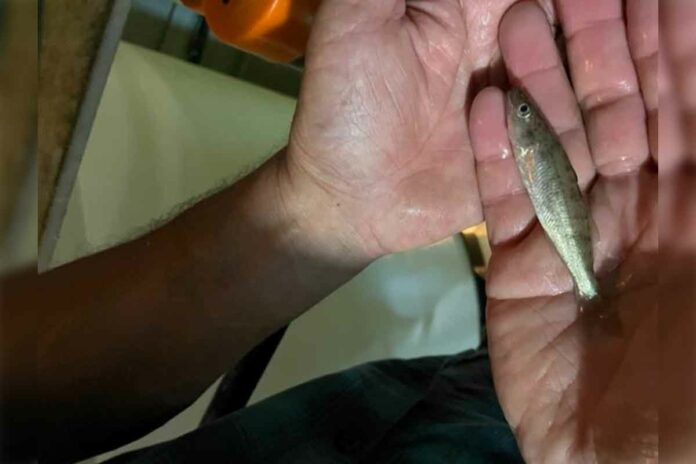SUDBURY—In a world too often reacting after the fact, 33 organizations across Greater Sudbury, Espanola and Manitoulin Island are recommitting to something rare: prevention.
On April 8, representatives from school boards, police forces, colleges, health agencies and community organizations gathered to sign the Fifth Edition of the Community Threat Assessment Protocol (CTAP)—a collaborative agreement to intervene before violence happens.
“It’s about pulling the help cord quickly,” said Sarah Clarke, Violence Threat Risk Assessment (VTRA) Lead for Rainbow District School Board and Co-Chair of the CTAP Steering Committee. “When someone’s struggling, we call on the circle — we come to the table and build a plan of care. That’s invaluable.”
This isn’t new work, but it is renewed. First launched to protect schools from threats, the protocol now guides how the broader community responds to any threat-making behaviours—from children to adults, in classrooms, homes or public spaces.
At its heart is the understanding that violence doesn’t come from nowhere. As Kevin Cameron, executive director of the North American Center for Threat Assessment and Trauma Response, told the gathered crowd, “Serious violence is an evolutionary process — people don’t just snap. If we know what to look for, we can intervene before it’s too late.”
The Protocol in Action
Through a tool called ARTO/VTRA (Assessment of Risk to Others/Violence Threat Risk Assessment), any protocol partner — from police to school staff to mental health workers — can raise the flag when someone shows warning signs.
From there, a Stage One assessment gathers relevant data and takes immediate steps to reduce risk. If needed, Stage Two brings together a wider circle of support — but only with the informed consent of the person and their family.
“That choice piece is huge,” Ms. Clarke emphasized. “When we get to Stage Two, we sit down with the student or individual and their family and ask: ‘Who do you trust? Who do you want involved?’ That autonomy changes everything.”
Her words reflect a deep awareness of the hesitancy some families — particularly Indigenous or impoverished families — may feel when agencies like Children’s Aid are at the table.
“We understand the fear,” Ms. Clarke acknowledged. “But this isn’t about imposing power. It’s about co-creating a plan with the people at the centre. There’s sovereignty in that process.”
Data, Not Hunches
Protocol partners are trained to spot early warning signs — fixation on violence, social withdrawal, expressions of hopelessness — and respond with care, not punishment. The model recognizes that behind every threat is often a tangle of trauma, unmet needs, and pain.
“Creating communities of care — that’s the work,” Ms. Clarke told The Expositor. “When we show up for young people and families, we change trajectories. And that’s what we want to do.”
The protocol provides clear steps, roles and information-sharing guidelines, ensuring that support is coordinated, not siloed. It also outlines consent procedures to protect individual rights.
The sheer breadth of the partners involved signals both trust and urgency. Signatories include the City of Greater Sudbury, Ontario Provincial Police, CMHA Sudbury-Manitoulin, local colleges and universities, Indigenous service organizations, victim services, youth programs, and every major school board across the region.
“It’s about showing up — all of us — when it matters most,” said Ms. Clarke.
Beyond Crisis
Mr. Cameron, who has developed threat response models used across North America, praised the region for staying ahead of the curve.
“I commend Greater Sudbury and its partners for their leadership,” he said. “This is what a proactive, trauma-informed community response looks like.”
CTAP doesn’t wait for disaster. It anticipates it — and then brings people together to disarm it with dignity, foresight, and care.
“Every time we activate the protocol,” Ms. Clarke said, “we’re saying: ‘We care. Let’s help. Let’s all show up.’”
And increasingly, they are.





